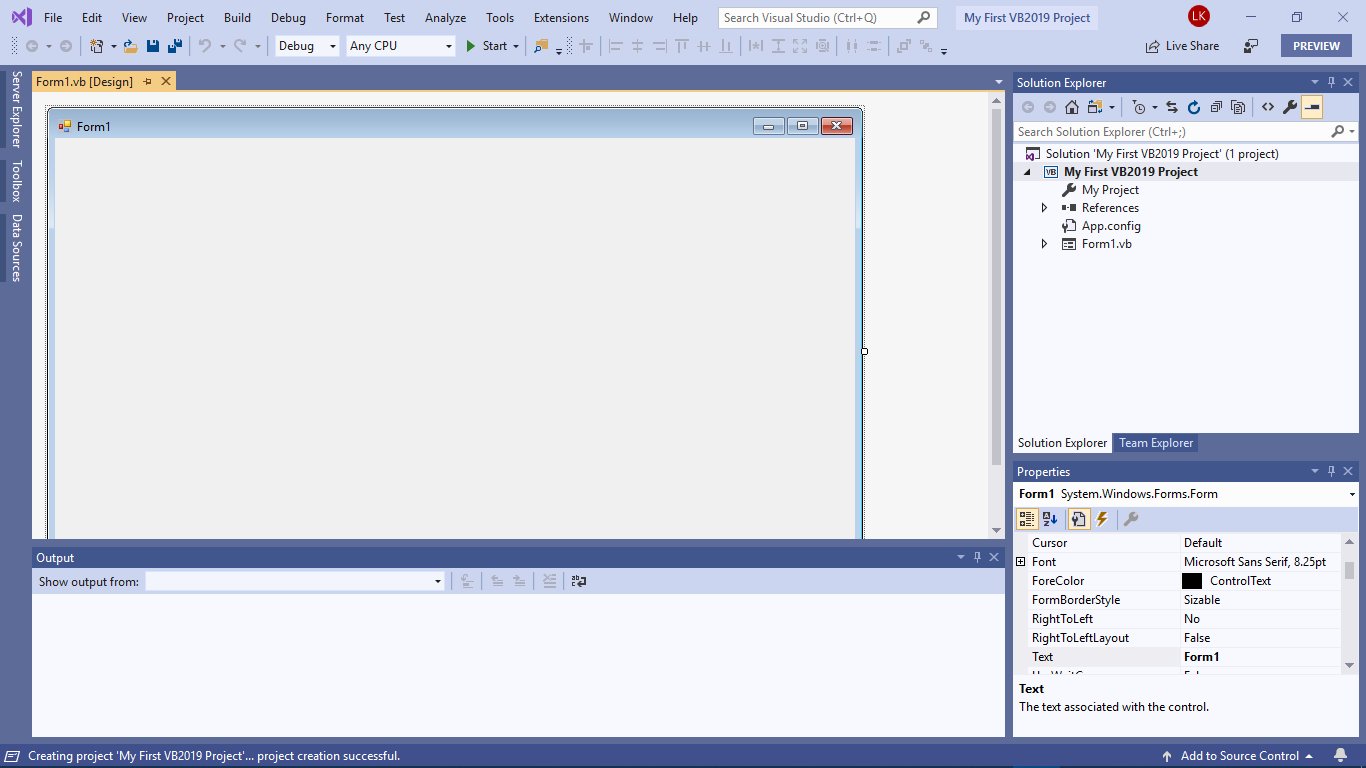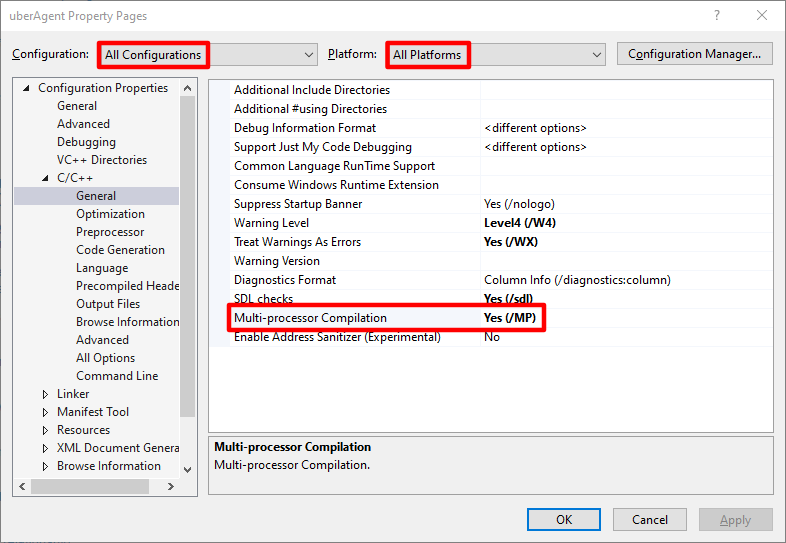Microsoft Visual Studio is an integrated development environment (IDE) from Microsoft.It is used to develop computer programs, as well as websites, web apps, web services and mobile apps.Visual Studio uses Microsoft software development platforms such as Windows API, Windows Forms, Windows Presentation Foundation, Windows Store and Microsoft Silverlight. Working with GitHub in VS Code. Using GitHub with Visual Studio Code lets you share your source code and collaborate with others. GitHub integration is provided through the GitHub Pull Requests and Issues extension. Install the GitHub Pull Requests and Issues extension. To get started with the GitHub in VS Code, you'll need to create an account and install the GitHub Pull Requests and Issues.
- What Is Microsoft Visual Studio
- Java In Visual Studio
- Java In Visual Studio Code
- Microsoft Visual Studio Free Version
If you are an absolute beginner with Visual Studio, say Visual Studio 2017: The function keys F10 and F11 helps to follow the execution path in the code and thus helps to examine the intermediate results and debug the code. You need to put a 'break point' to any line in your own code (inside a method (function)). Visual Studio dev tools & services make app development easy for any platform & language. Try our Mac & Windows code editor, IDE, or Azure DevOps for free.
-->In this tutorial for Visual Basic (VB), you'll use Visual Studio to create and run a few different console apps and explore some features of the Visual Studio integrated development environment (IDE) while you do so.
If you haven't already installed Visual Studio, go to the Visual Studio downloads page to install it for free.
If you haven't already installed Visual Studio, go to the Visual Studio downloads page to install it for free.
Create a project
First, we'll create a Visual Basic application project. The project type comes with all the template files you'll need, before you've even added anything!
Open Visual Studio 2017.
From the top menu bar, choose File > New > Project.
In the New Project dialog box in the left pane, expand Visual Basic, and then choose .NET Core. In the middle pane, choose Console App (.NET Core). Then name the project WhatIsYourName.
Add a workload (optional)
What Is Microsoft Visual Studio
If you don't see the Console App (.NET Core) project template, you can get it by adding the .NET Core cross-platform development workload. You can add this workload in one of the two following ways, depending on which Visual Studio 2017 updates are installed on your machine.
Option 1: Use the New Project dialog box
Click the Open Visual Studio Installer link in the left pane of the New Project dialog box.
The Visual Studio Installer launches. Choose the .NET Core cross-platform development workload, and then choose Modify.
Option 2: Use the Tools menu bar
Cancel out of the New Project dialog box and from the top menu bar, choose Tools > Get Tools and Features.
The Visual Studio Installer launches. Choose the .NET Core cross-platform development workload, and then choose Modify.

Note
Some of the screenshots in this tutorial use the dark theme. If you aren't using the dark theme but would like to, see the Personalize the Visual Studio IDE and Editor page to learn how.
Open Visual Studio 2019.
On the start window, choose Create a new project.
In the Create a new project window, choose Visual Basic from the Language list. Next, choose Windows from the Platform list and Console from the project types list.
After you apply the language, platform, and project type filters, choose the Console Application template, and then choose Next.
Note
If you do not see the Console Application template, you can install it from the Create a new project window. In the Not finding what you're looking for? message, choose the Install more tools and features link.
Then, in the Visual Studio Installer, choose the .NET Core cross-platform development workload.
After that, choose the Modify button in the Visual Studio Installer. You might be prompted to save your work; if so, do so. Next, choose Continue to install the workload. Then, return to step 2 in this 'Create a project' procedure.
In the Configure your new project window, type or enter WhatIsYourName in the Project name box. Then, choose Next.
In the Additional information window, .NET Core 3.1 should already be selected for your target framework. If not, select .NET Core 3.1. Then, choose Create.
Visual Studio opens your new project.
Create a 'What Is Your Name' application
Let's create an app that prompts you for your name and then displays it along with the date and time. Here's how:
If it is not already open, then open your WhatIsYourName project.
Enter the following Visual Basic code immediately after the opening bracket that follows the
Sub Main(args As String())line and before theEnd Subline:This code replaces the existing WriteLine, Write, and ReadKey statements.
Use the green Start button, or press F5 to build and run your first app.
When the console window opens, enter your name. Your console window should look similar to the following screenshot:
Press any key to close the console window.
In the WhatIsYourName project, enter the following Visual Basic code immediately after the opening bracket that follows the
Sub Main(args As String())line and before theEnd Subline:This code replaces the existing WriteLine, Write, and ReadKey statements.
Use the green Start button, or press F5 to build and run your first app.
When the console window opens, enter your name. Your console window should look similar to the following screenshot:
Press any key to close the console window.
Create a 'Calculate This' application
Open Visual Studio 2017, and then from the top menu bar, choose File > New > Project.
In the New Project dialog box in the left pane, expand Visual Basic, and then choose .NET Core. In the middle pane, choose Console App (.NET Core). Then name the file CalculateThis.
Enter the following code between the
Module Programline andEnd Moduleline:Your code window should look like the following screenshot:
Click CalculateThis to run your program. Your console window should look similar to the following screenshot:
On the start window, choose Create a new project.
In the Create a new project window, choose Visual Basic from the Language list. Next, choose Windows from the Platform list and Console from the project types list.
After you apply the language, platform, and project type filters, choose the Console Application template, and then choose Next.
Then, in the Configure your new project window, type or enter CalculateThis in the Project name box. Then, choose Next.
In the Additional information window, .NET Core 3.1 should already be selected for your target framework. If not, select .NET Core 3.1. Then, choose Create.
Enter the following code between the
Module Programline andEnd Moduleline:Your code window should look like the following screenshot:
Click CalculateThis to run your program. Your console window should look similar to the following screenshot:
Quick answers FAQ

Here's a quick FAQ to highlight some key concepts.
What is Visual Basic?
Visual Basic is a type-safe programming language that's designed to be easy to learn. It is derived from BASIC, which means 'Beginner's All-purpose Symbolic Instruction Code'.
What is Visual Studio?
Visual Studio is an integrated development suite of productivity tools for developers. Think of it as a program you can use to create programs and applications.
What is a console app?

Java In Visual Studio
A console app takes input and displays output in a command-line window, also known as a console.
What is .NET Core?
.NET Core is the evolutionary next step of the .NET Framework. Where the .NET Framework allowed you to share code across programming languages, .NET Core adds the ability to share code across platforms. Even better, it's open source. (Both the .NET Framework and .NET Core include libraries of prebuilt functionality as well as a common language runtime (CLR), which acts as a virtual machine in which to run your code.)
Java In Visual Studio Code
Next steps
Congratulations on completing this tutorial! To learn even more, see the following tutorial.
Microsoft Visual Studio Free Version
See also
